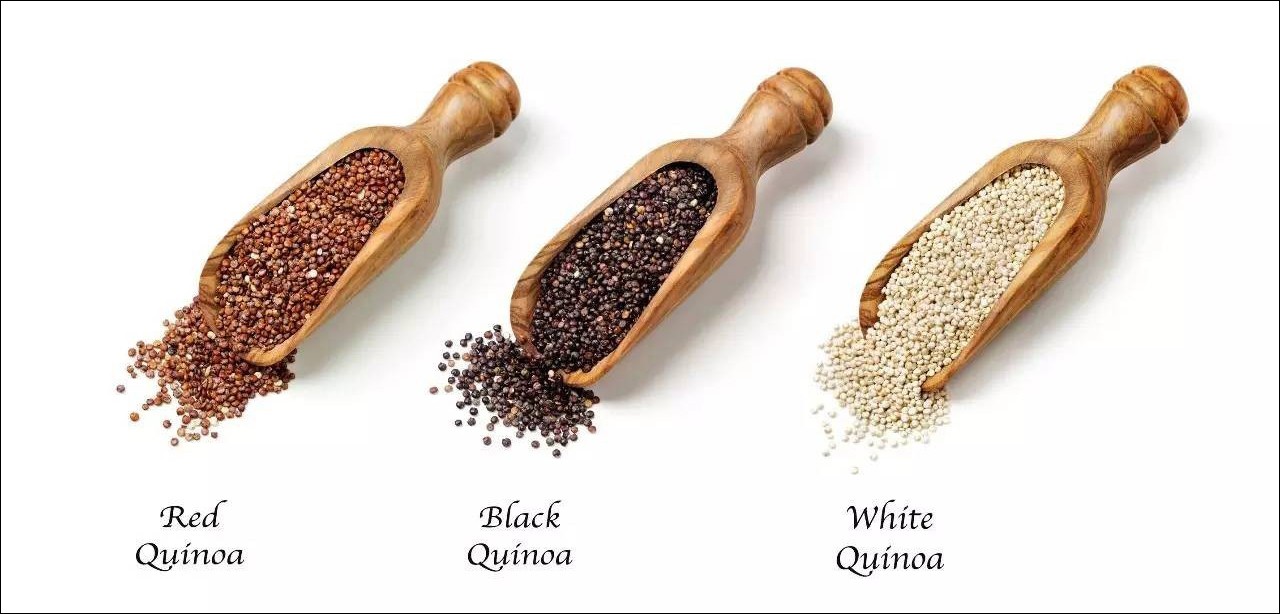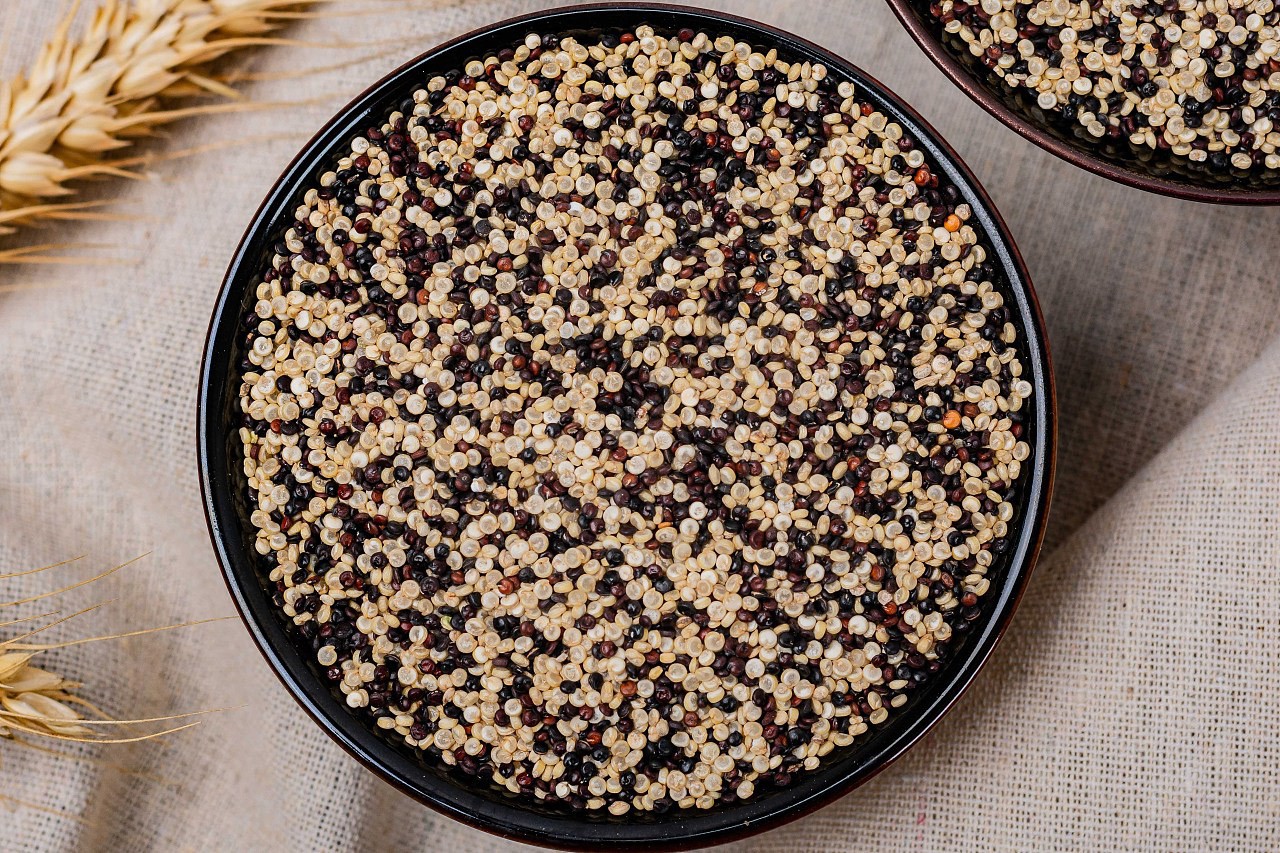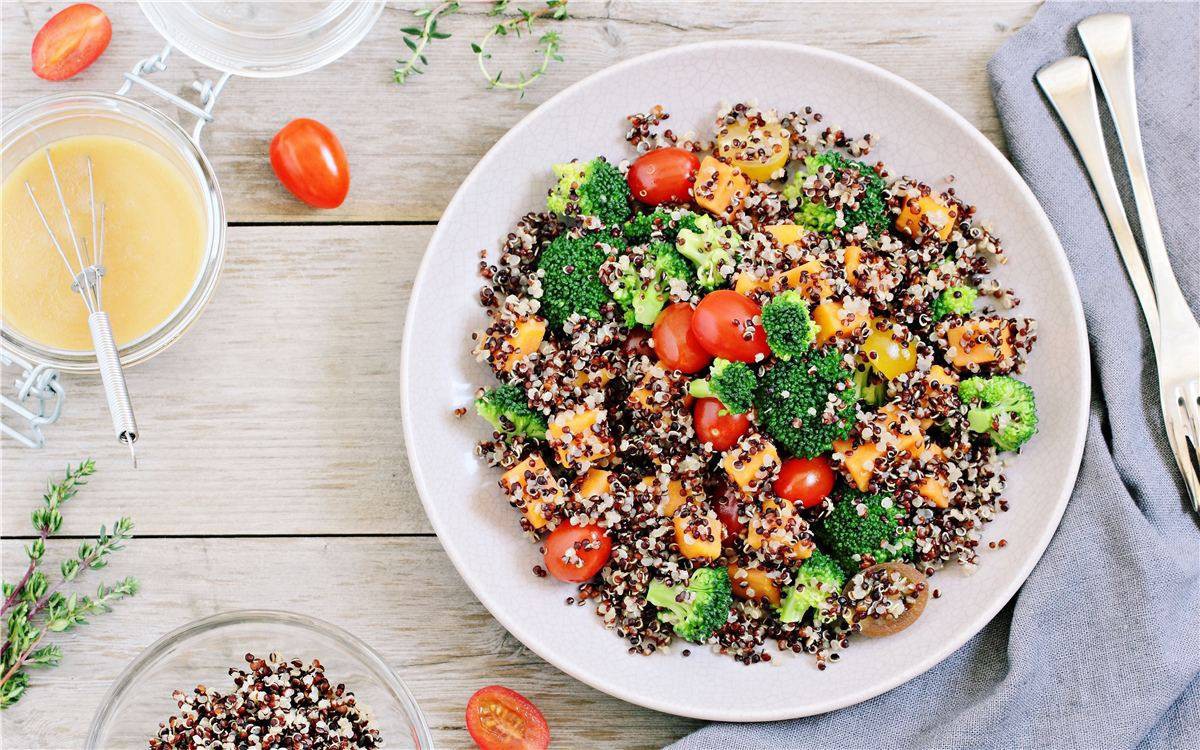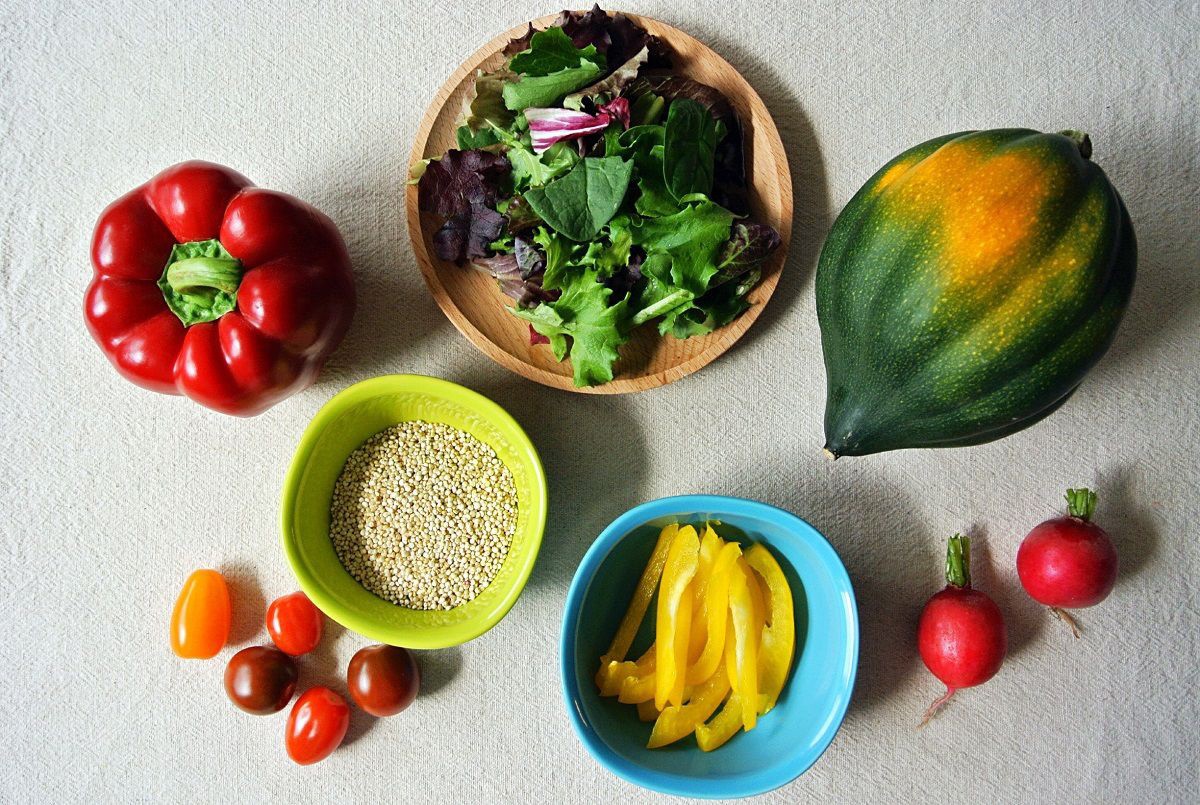Quinoa, native to the Andes of South America, is the main traditional food of the indigenous people of the Incas. The color of quinoa seeds mainly includes white, black, red, and other colors, and the nutritional content is not much different. Among them, white tastes the best, black and red taste relatively poor, and the seeds are smaller. The protein content of quinoa is as high as 16%-22%, and it is rich in a variety of amino acids, including essential amino acids necessary for the human body, in an appropriate proportion and easy to absorb, especially rich in lysine, calcium, magnesium, phosphorus, potassium that are lacking in plants, iron, zinc, selenium, manganese, copper and other minerals have the functions of regulating endocrine, regulating blood sugar, lowering cholesterol, and supplementing protein. Let's take a look at the efficacy and role of quinoa, and how to eat quinoa is nutritious!

The efficacy and role of quinoa
1. It promotes weight loss
Quinoa contains a lot of soluble and insoluble fiber. You can also eat a bowl of freshly made quinoa for weight loss. The fiber in quinoa will suppress appetite, keep you full, and eventually lose weight. It's also a powerhouse for a variety of nutrients that help build your full-body strength and balance your energy levels throughout the day.
2. Anti-inflammatory
Nutritionists recommend adding at least one serving of quinoa a day. It contains a lot of anti-inflammatory properties. Additionally, this grain effectively produces butyrate, which is thought to fight various types of inflammation in the body. You can get enough B vitamins to maintain homocysteine levels, an inflammatory hormone that occurs naturally in your body.
3. Improve skin condition
The nutrients your skin needs can only come from healthy foods. Nutritionists suggest that regular consumption of quinoa can improve skin conditions. It contains enzymes, tyrosinase, niacinamide, and more. This is necessary to combat the factors that cause skin pigmentation.
4. Reduces diabetes risk
Quinoa is indeed a superfood for diabetics because it has the lowest glycemic index. It is also rich in several amino acids that help reduce the risk of type II diabetes. Additionally, amino acids are said to regulate blood sugar, which is why quinoa is beneficial for people with diabetes. However, you should avoid self-medicating with high blood sugar and consult your doctor immediately.
5. Promotes Digestive Health
Nutritionists say you can help with a variety of digestive problems with a diet rich in dietary fiber. Quinoa can be an effective option in this regard. When consumed daily, the dietary fiber in grains begins to irritate your digestive tract. As a result, your small intestine absorbs nutrients, preventing various stomach problems. In addition, dietary fiber is also necessary to prevent constipation in the large intestine.
6. Improve metabolism
The minerals and vitamins in quinoa are essential for boosting your metabolic rate. When your metabolism is functioning well, it suppresses your appetite and also aids in weight loss.

How to eat nutritious quinoa
1. Quinoa rice: When cooking porridge, boil it in boiling water for about 15 minutes, so that it swells and the grains become translucent and ready to eat. When cooking rice, the firepower should not be too high, such as using a rice cooker, and the amount of water should be slightly more. To make it more flavorful, toast the quinoa in a dry frying pan for a few minutes before adding it, stirring constantly to heat it evenly so it doesn't burn. If it is steamed, it needs to be soaked several hours in advance. Quinoa is a complex starch and high dietary fiber food. It takes a long time to absorb enough water before steaming to become soft.

2. Quinoa millet porridge: quinoa millet porridge, quinoa rice porridge, quinoa rice braised rice, white flour quinoa cake.

3. Sea cucumber poured quinoa: Generally, quinoa is cooked separately and then cooked with other ingredients, such as sea cucumber poured quinoa (sea and land Shuangzun), quinoa grilled abalone (nutritious meal), quinoa fruit salad (nutritious weight loss) meal), quinoa steamed meat, quinoa red dates and pumpkin porridge (beautifying and detoxifying), quinoa cake, quinoa cod, quinoa can also be sprouted and eaten with other ingredients, which is more nutritious.

4. Quinoa Pork Rib Soup: Quinoa has a fragrant taste and is suitable for soups with other materials, and can also remove the fishy smell of fish and meat, such as quinoa abalone soup, quinoa spinach tomato soup, quinoa straw mushroom soup, Quinoa Chicken Soup, Quinoa Tomato Oxtail Soup.

5. Quinoa soy milk: The drink prepared after quinoa is beaten with rice paste or pulp is very delicious, for example, quinoa milk is mixed with various fruits to form a juice drink, made into quinoa soy milk, etc.





